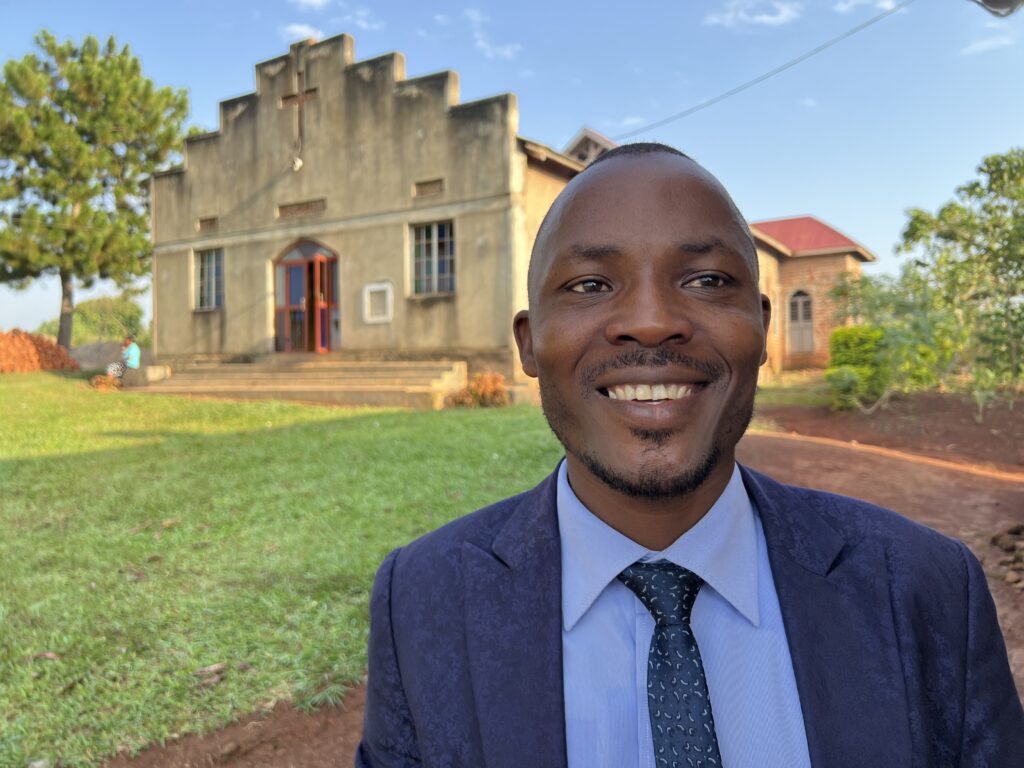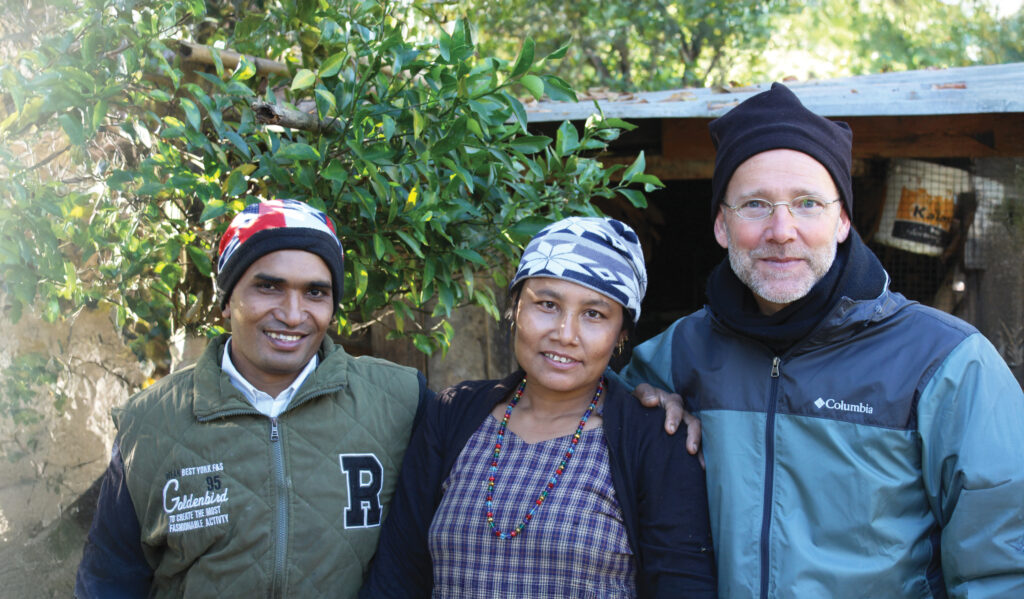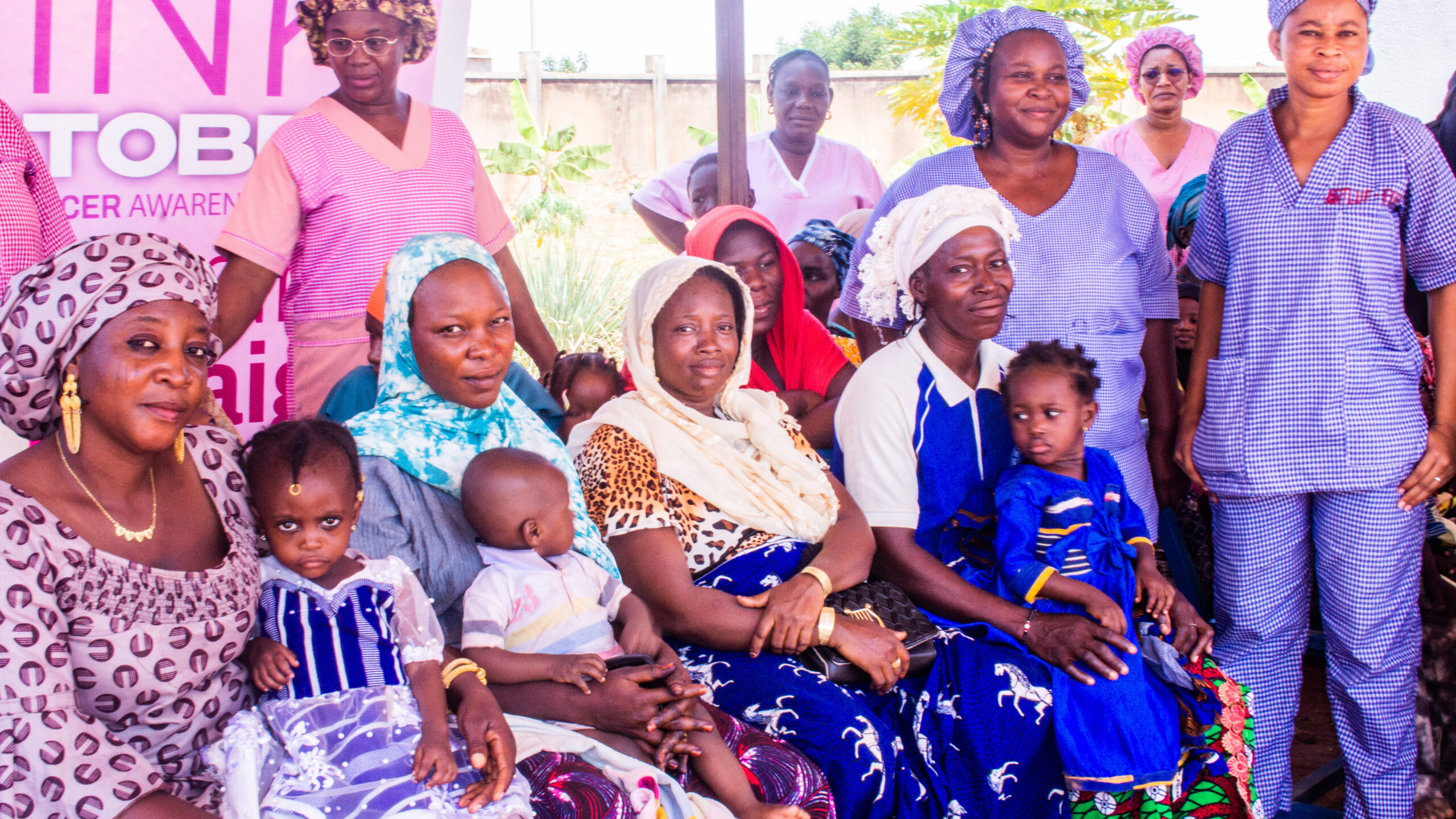April 16th, 2025
Aid disruption should lead to innovation
The decision to cease USAID funding has sparked concerns about the future of global development efforts, particularly in regions heavily reliant on foreign assistance.
While the immediate consequences of this policy shift are significant, it also presents an opportunity to reassess traditional aid models and embrace more sustainable, locally led approaches. A church-driven, asset-based model of development offers an innovative framework for addressing community challenges by empowering local institutions, especially the church, to serve as catalysts for long-term transformation.
![[picture] A church sits in the remote hilly landscape of Uganda, with scaffolding up and a cross on the tallest pointed roof, whilst a goat walks by](https://ineeds.org.uk/wp-content/uploads/2025/04/IMG_0831-1024x768.jpg)
A church in Uganda, 2024
A new approach to development, one that prioritises local resources and leadership, is both necessary and overdue. Asset-based, church-driven development focuses on identifying and utilising a community’s existing strengths –skills, labour, institutions and social networks – rather than relying on external solutions.
This model offers three advantages:
1. Community-Led Assessment – Instead of external entities dictating development priorities, local churches and leaders take the lead in identifying both challenges and assets.
2. Empowerment Through Local Resources – Instead of costly external interventions, this approach maximises the skills, knowledge and materials already present in the community.
3. Long-Term Sustainability – By fostering local ownership, development initiatives become more resilient, reducing dependence on foreign aid.
This shift is crucial – without USAID resources, communities must explore strategies that prioritise self-sufficiency. Churches, as long-standing institutions with deep community ties, are uniquely positioned to facilitate this transition serving as both spiritual and social anchors in times of uncertainty.

Uganda, 2024
Biblical and Missiological Foundations
The biblical basis for asset-based church-driven development is rooted in the church’s role as God’s instrument for transformation. The apostle Paul describes the church as the means through which God reveals His wisdom to the world, reinforcing the idea that the body of Christ is central to both spiritual and social restoration.
The story of Nehemiah provides a historical precedent for this model. When Jerusalem’s walls lay in ruins, Nehemiah did not rely solely on foreign benefactors to rebuild them. Instead, he mobilised local assets, ensuring that the people of Israel took ownership of the reconstruction. While external support played a role, it was secondary to local initiative and commitment. This example illustrates the importance of balancing external assistance with local engagement, a principle that should guide modern development efforts.

Uganda, 2024
Practical Steps for Transition
Given the changing landscape of global aid, churches and humanitarian organisations must adopt strategies that promote sustainability and local innovation.
Three key steps can facilitate this transition:
1. Asset Mapping – Churches and local leaders should first assess the skills, labour, and material resources available within their communities before seeking external aid.
2. Partnerships Over Patronage – Western churches and mission organisations should collaborate by equipping and resourcing local leaders rather than imposing
external solutions.
3. Training and Capacity Building – Investing in education, business training, and technical skills will equip communities to sustain long-term, locally determined initiatives.
An Opportunity to Innovate
Rather than viewing the cessation of USAID funding as a crisis, we should see it as an opportunity to rethink development. Dependency-based models have long been inadequate, fostering reliance rather than resilience. By shifting toward asset-based church-driven development, faith communities can reclaim their role as primary agents of transformation. This approach not only aligns with biblical principles but also ensures that development efforts are sustainable, dignifying, and locally owned. In doing so, the church will meet both immediate needs and lay the foundation for long-term flourishing.
Guest writer, Dr Michael T. Cooper

(Michael is pictured on the far right)
Dr Michael T. Cooper, PhD –
Michael serves as missiologist in residence for East West and affiliate faculty at Kairos University. He is the co-editor of Social Injustice, Volume 1: What Evangelical Need to Know about the World and Social Injustice, Volume 2: Evangelical Voices in Tumultuous Times.

